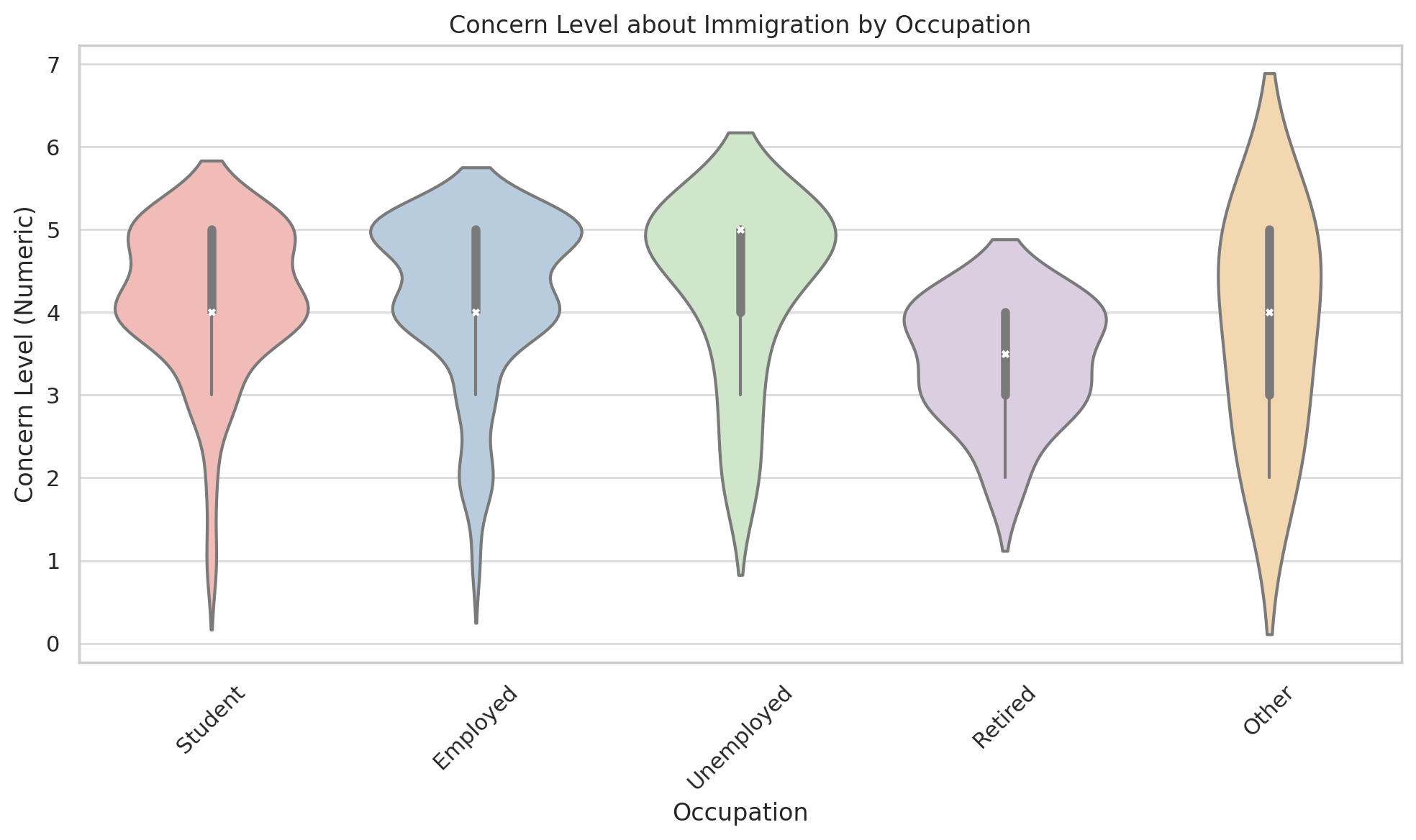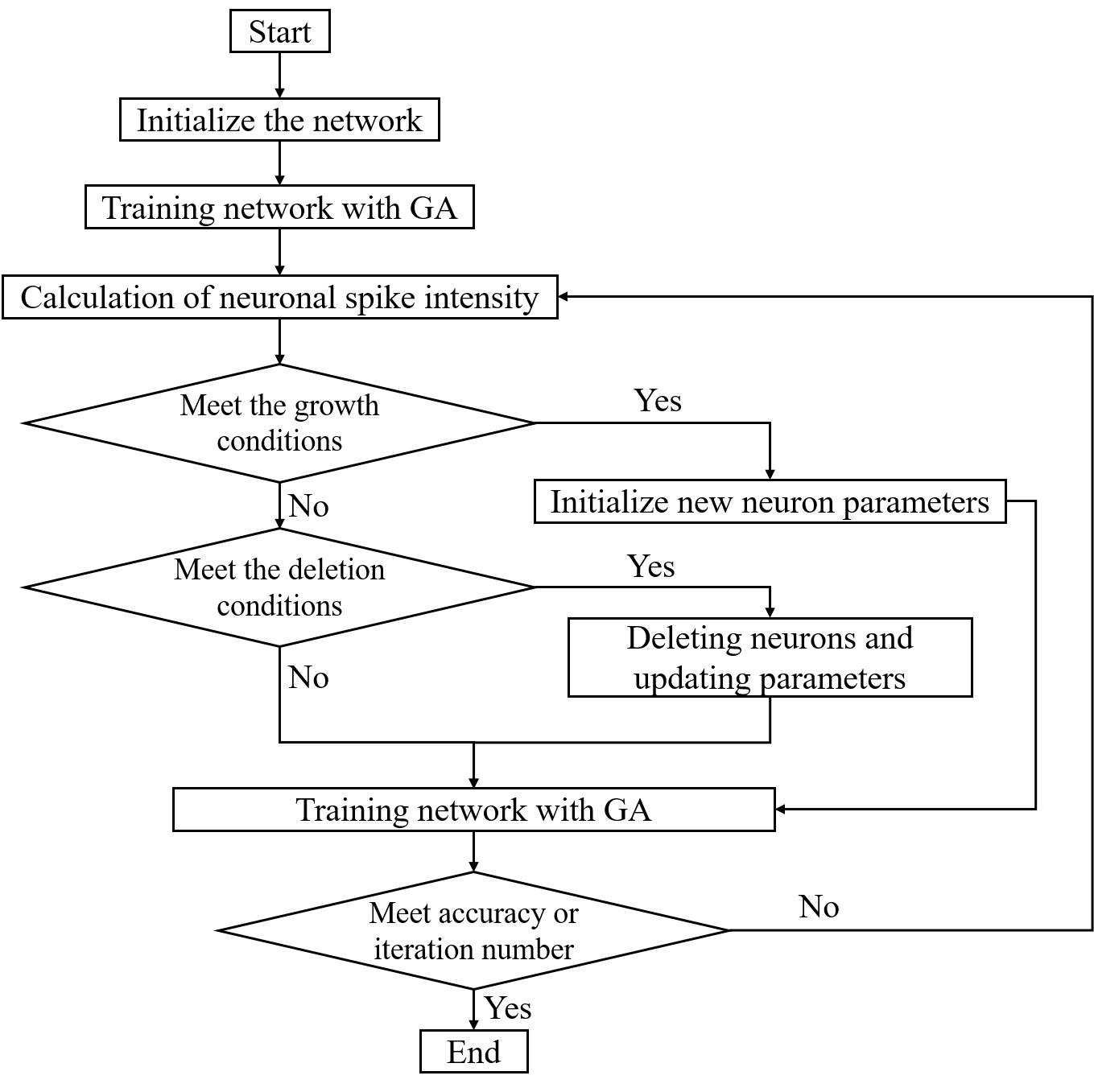 An open access journal
An open access journal
3D Printing Technology: Revolutionizing Manufacturing and Design
Abstract
3D printing technology has ushered in a revolution in manufacturing and design by enabling rapid prototyping, customization, and innovative product development. This paper explores the significance of 3D printing, emphasizing its role in various industries, including aerospace, healthcare, and fashion. It delves into various aspects, including additive manufacturing processes, materials, and applications. The discussion includes the benefits of 3D printing, such as reduced production lead times, cost-effective small-batch production, and complex geometries. Moreover, the paper addresses the challenges and considerations in implementing 3D printing, including material limitations, quality control, and intellectual property issues. Through a review of industry case studies and technological advancements, the study highlights the positive outcomes associated with the adoption of 3D printing technology, including innovation, efficiency, and sustainability in manufacturing and design.
Share and Cite
Article Metrics
References
- Campbell, T. A., & Ivanova, O. S. (2011). 3D printing for rapid prototyping applications. Rapid Prototyping Journal, 18(2), 129-143.
- Gibson, I., Rosen, D. W., & Stucker, B. (2015). Additive Manufacturing Technologies: 3D Printing, Rapid Prototyping, and Direct Digital Manufacturing. Springer.
- Kietzmann, J., Pitt, L., Berthon, P., & Berthon, J. P. (2015). Disruptions, decisions, and destinations: Enter the age of 3-D printing and additive manufacturing. Business Horizons, 58(2), 209-215.
- Melchels, F. P., Domingos, M. A., Klein, T. J., Malda, J., Bartolo, P. J., & Hutmacher, D. W. (2012). Additive manufacturing of tissues and organs. Progress in Polymer Science, 37(8), 1079-1104.
- Wong, K. V., & Hernandez, A. (2012). A review of additive manufacturing. ISRN Mechanical Engineering, 2012, 208760.






